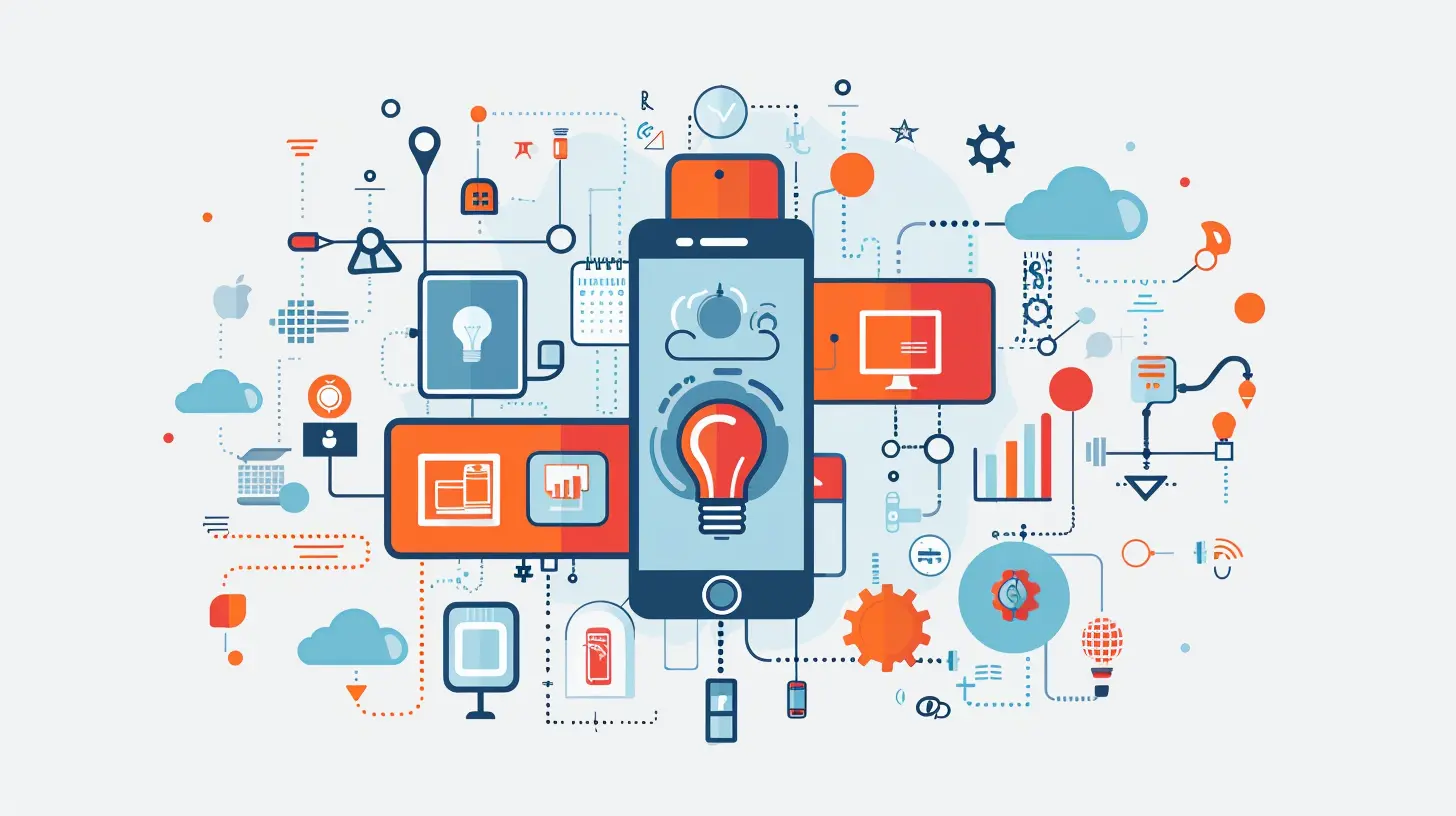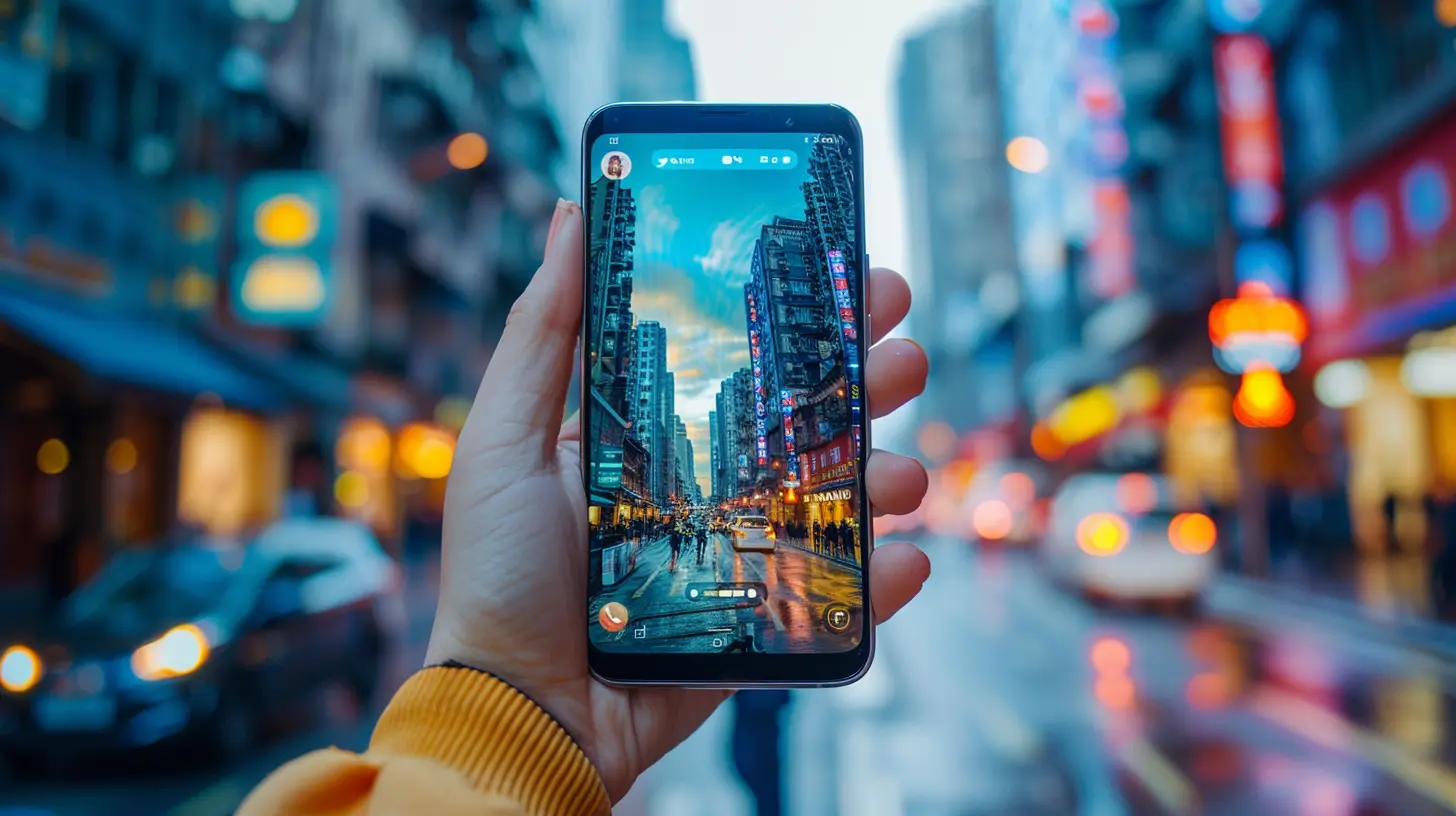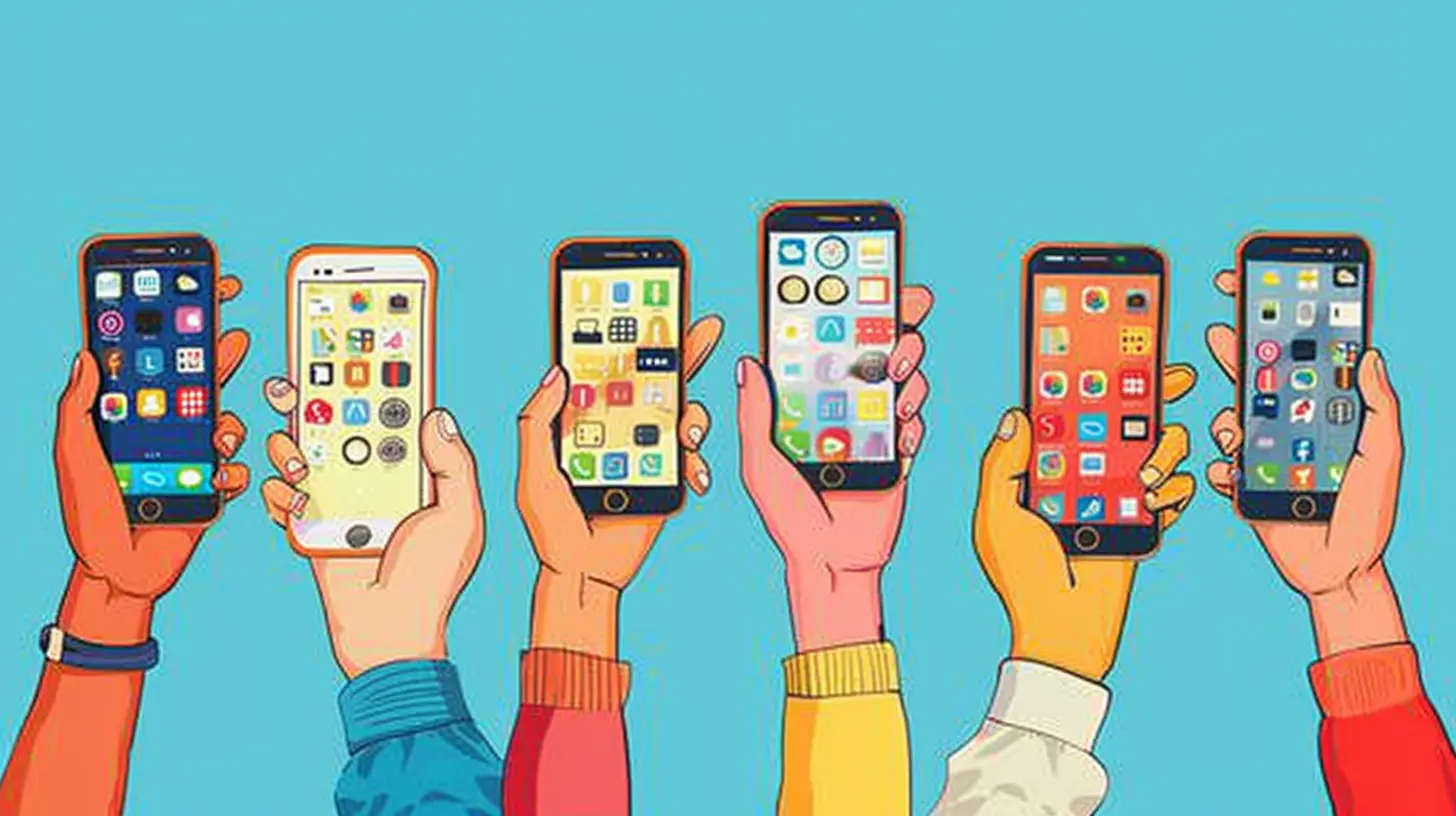Using Machine Learning to Improve Mobile User Experiences
4 July 2025
There's a quiet magic happening inside your smartphone every time you swipe, tap, or speak to it. Whether you're getting personalized news, having your voice assistant understand your slang, or enjoying tailor-made app recommendations—machine learning is the wizardry behind it all.
In this article, we’re going to peel back the curtain and chat about how machine learning is transforming mobile user experiences, making our gadgets smarter and our lives just a little bit easier.
What Is Machine Learning, Anyway?
Let’s start with the basics, shall we?Machine Learning (ML) is a subset of artificial intelligence (AI). Imagine teaching your phone how to behave, not by writing rules but by showing it examples. ML allows apps and mobile systems to “learn” from data patterns and make intelligent decisions without being explicitly programmed for every single scenario.
Think of it like training a puppy with treats. The more good behavior it shows, the more treats it gets. Over time, it learns what you like. Only now, swap the puppy with an app and the treats with data. Boom—machine learning in action!
Why Does ML Matter for Mobile Devices?
Our smartphones have become little extensions of ourselves. They know our schedules, our favorite coffee spots, and even how we like to scroll through Instagram. But to really make these interactions smooth, fast, and personalized, ML has to step in.Here’s the catch: mobile devices don’t have the same raw power as desktops or servers. That means ML used in mobile has to be smart, efficient, and super optimized. Luckily, modern advancements are making that more and more doable.
Personalization: Making Phones Feel Like They "Get" You
Ever wondered how Spotify seems to recommend just the right tracks? Or how Netflix’s app curates a homepage that feels like your brain picked the movies? That’s ML personalization doing its thing.Personalized Recommendations
Apps collect a lot of data—what you click, how long you stay, what you avoid—then use ML models to figure out your preferences. Personalized feeds, playlists, product suggestions, and ads all stem from this.This personalization goes beyond just recommending stuff. Even the layout of an app or the way content is presented can change depending on what the AI thinks you’ll enjoy most.
Smart Notifications
Remember those annoying, irrelevant push notifications? Yeah, those are (thankfully) being replaced by smarter ones. ML helps apps identify the right time to ping you and with what. This way, you're less likely to ignore them and more likely to engage.
Smarter Virtual Assistants
“Siri, what’s the weather like?”Virtual assistants like Siri, Google Assistant, and Alexa heavily rely on ML to process natural language, understand the context of your question, and deliver a response that actually makes sense (most of the time, anyway).
Natural Language Processing (NLP)
Machine learning powers NLP—a fancy term for teaching machines to understand human speech. With NLP, your assistant slowly gets better at recognizing your voice, interpreting your slang, and even responding in a more conversational way. It’s like training your assistant without even realizing it.Real-Time Translation and Communication
Ever used Google Translate on the go? That’s ML working in real time.Machine learning powers mobile apps that offer real-time language translation, even with poor connectivity. These apps use neural networks to decode, translate, and re-encode languages in split seconds—making travel and communication across the globe much more seamless.
This also applies to real-time transcription tools, which can convert speech to text almost instantaneously. A game-changer for accessibility.
Camera Smarts: More Than Just Pretty Pictures
It’s not just about filters anymore. Modern smartphone cameras use machine learning to do so much more behind the lens.Scene Recognition
Your phone knows when you're snapping a sunset, a puppy, or your half-eaten pizza. ML algorithms can identify the subject and adjust the camera settings automatically for the best shot—brightening dark photos, enhancing colors, or keeping moving subjects in focus.Portrait Mode Magic
You know that dreamy background blur in portrait photos? That’s ML using depth perception and facial recognition to mimic DSLR-quality shots—no fancy camera needed.Battery Optimization and Performance
Nothing’s worse than your phone dying mid-scroll. Thankfully, ML is helping out here too.Predictive Battery Management
By analyzing your phone habits, ML can predict which apps you’ll use at what time and allocate resources accordingly. This background optimization helps preserve battery life by shutting down or limiting high-energy apps when they’re not needed.App Preloading
Ever noticed how some apps open faster than others? That’s because your device is learning your habits and preloading apps you’re likely to use at certain times. It’s like having coffee ready before you even think about brewing it.Enhanced App Security and Privacy
Security is a biggie, and machine learning is helping smartphones stay one step ahead of hackers.AI-Powered Threat Detection
Apps and systems now use ML to detect unusual activity, spot malware, and block phishing attempts before they cause harm. It’s like having a cyber bodyguard that gets smarter with every attack it stops.Face and Fingerprint Recognition
Biometric security systems (like Face ID or fingerprint scanners) have been revolutionized by ML. These systems continuously learn and get better at recognizing your specific features—even as you change hairstyles, grow a beard, or age.AR and ML: A Match Made in Mobile Heaven
Augmented Reality (AR) apps use ML to better understand the environment around you.From Snapchat filters that stick perfectly to your face, to IKEA’s app letting you place virtual furniture in your living room, machine learning helps AR models detect positions, edges, textures, and lighting in real-time.
Mobile gaming is also venturing into AR territory, where ML helps adapt in-game environments and characters based on your behavior—making games more immersive and engaging.
Accessibility: Opening Doors for Everyone
One of the most beautiful things about ML is how it levels the playing field.Voice Controls and Dictation
Speech-to-text tools powered by ML help people with mobility issues type using their voice. And with continuous learning, these tools become more accurate over time.Visual Recognition for the Visually Impaired
Apps like Seeing AI use ML to narrate the world around visually impaired users—reading text, identifying people, and describing scenes just by pointing a phone camera. We’re talking about a genuinely empowering use of technology here.Behind the Scenes: On-Device vs Cloud-Based ML
Now let's geek out for a second (don't worry, I'll keep it simple).Cloud-Based ML
This means data is sent to powerful servers, processed, and the result is sent back. It’s great for complex tasks like voice recognition or language translation, but it needs internet access.On-Device ML
This is where the magic happens locally—right on your phone. With newer chips like Apple’s Neural Engine or Google’s Tensor, ML can run directly on your device. It's faster, more private, and doesn’t rely on a constant internet connection.So yes, your phone is basically carrying a mini brain that learns and evolves as you use it.
Challenges in Mobile ML (And How They're Being Tackled)
Let’s be real. ML on mobile isn’t all rainbows and butterflies. There are some hurdles:1. Limited Processing Power – Phones aren’t supercomputers (yet), so ML models need to be lightweight.
2. Privacy Concerns – Storing and processing personal data always raises eyebrows.
3. Battery Drain – Intensive ML tasks can be power-hungry.
To tackle these, developers are:
- Designing lightweight ML models (like TensorFlow Lite and Core ML).
- Shifting processes on-device to reduce the need for data transfers.
- Using privacy-preserving ML techniques, like federated learning and differential privacy.
The Future: What’s Next in ML-Powered Mobile Experiences?
Hold onto your hats, because the future’s looking wild. Here are just a few things to get excited about:- Hyper-Personalized Interfaces that adapt to your mood and habits in real-time.
- Emotion Recognition that can read your tone and expressions to adjust app responses.
- Context-Aware Apps that understand your environment (like temperature, noise, or motion) and respond intelligently.
Imagine a phone that’s not just smart but empathetic. One that senses stress through your voice and suggests a meditation app. Now that’s something to look forward to!
Final Thoughts
Machine learning is not just a buzzword—it's the secret sauce making our mobile experiences smoother, smarter, and more delightful every day. It’s quietly working behind the screens, learning from our interactions, anticipating our needs, and making our digital lives feel just a little more magical.So the next time your phone does something surprisingly helpful, give a nod to the silent algorithms that made it happen. Because your smartphone? It’s not just smart—it’s learning.
all images in this post were generated using AI tools
Category:
Mobile TechnologyAuthor:

Ugo Coleman
Discussion
rate this article
2 comments
Indigo Lane
Great insights on enhancing mobile user experiences with machine learning! It's fascinating to see how AI can personalize interactions and streamline usability. Excited to see how these advancements will shape the future of mobile technology. Keep up the fantastic work!
October 17, 2025 at 4:20 AM

Ugo Coleman
Thank you for your kind words! I'm glad you found the insights valuable. Exciting times ahead for mobile technology!
Betsy McKay
Great article! It's exciting to see how machine learning is transforming mobile user experiences. The insights shared here highlight the potential for personalized interactions and seamless functionality. Looking forward to seeing more innovative applications in this space that enhance usability and engagement for all users!
July 12, 2025 at 3:54 AM

Ugo Coleman
Thank you for your kind words! I'm glad you found the article insightful. Exciting innovations are indeed on the horizon!


